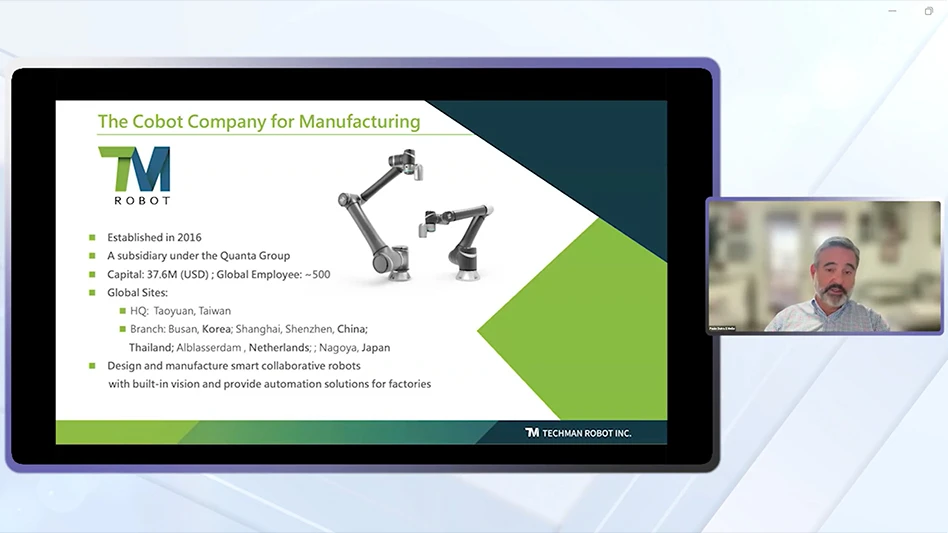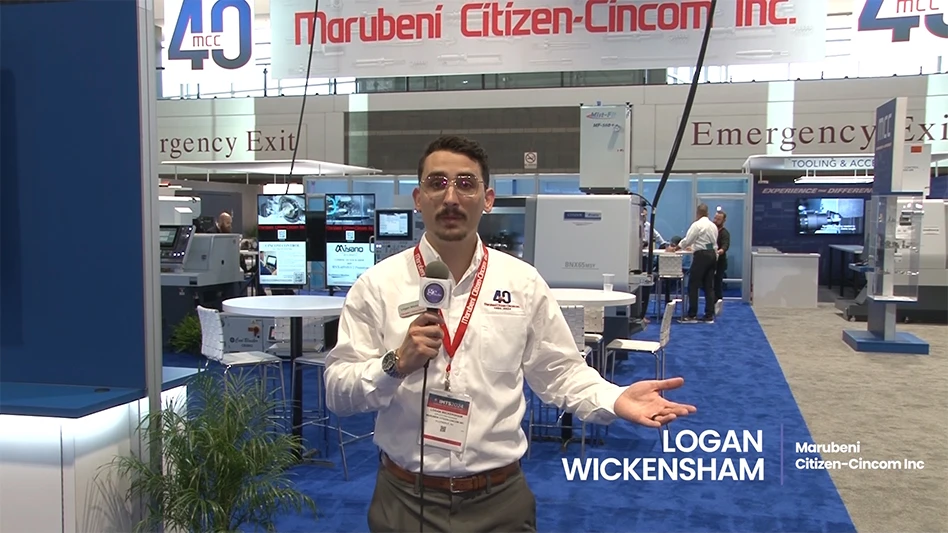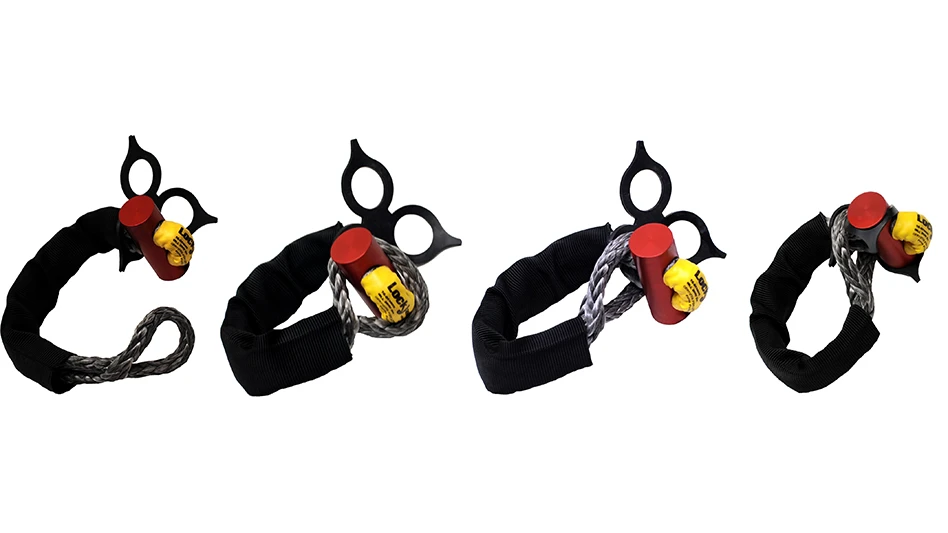
NASA/JPL-Caltech/ASU/MSSS
NASA’s Ingenuity helicopter successfully completed its second Mars flight on April 22, 2021 – the 18th sol, or Martian day, of its experimental flight test window. Lasting 51.9 seconds, the flight added several new challenges to the first, which took place on April 19, including a higher maximum altitude, longer duration, and sideways movement.
“So far, the engineering telemetry we have received and analyzed tell us that the flight met expectations and our prior computer modeling has been accurate,” said Bob Balaram, chief engineer for the Ingenuity Mars Helicopter at NASA’s Jet Propulsion Laboratory (JPL) in Southern California. “We have two flights of Mars under our belts, which means that there is still a lot to learn during this month of Ingenuity.”
For this second flight test at Wright Brothers Field, Ingenuity took off again at 5:33 a.m. EDT (2:33 a.m. PDT), or 12:33 p.m. local Mars time. But where Flight One topped out at 10ft (3m) above the surface, Ingenuity climbed to 16ft (5m) this time. After the helicopter hovered briefly, its flight control system performed a slight (5°) tilt, allowing some of the thrust from the counter-rotating rotors to accelerate the craft sideways for 7ft (2m).
“The helicopter came to a stop, hovered in place, and made turns to point its camera in different directions,” said Håvard Grip, Ingenuity’s chief pilot at JPL. “Then it headed back to the center of the airfield to land. It sounds simple, but there are many unknowns regarding how to fly a helicopter on Mars. That’s why we’re here – to make these unknowns known.”
As with the first test, the Perseverance rover obtained imagery of the flight attempt from 211ft (64.3m) away at Van Zyl Overlook using its Navcam and Mastcam-Z imagers. The initial set of data – including imagery – from the flight was received by the Ingenuity team beginning at 9:20 a.m. EDT (6:20 a.m. PDT).
“For the second flight, we tried a slightly different approach to the zoom level on one of the cameras,” said Justin Maki, Perseverance project imaging scientist and Mastcam-Z deputy principal investigator at JPL. “For the first flight, one of the cameras was fully zoomed in on the takeoff and landing zone. For the second flight we zoomed that camera out a bit for a wider field of view to capture more of the flight.”
Because the data and imagery indicate that the Mars Helicopter not only survived the second flight but also flew as anticipated, the Ingenuity team is considering how best to expand the profiles of its next flights to acquire additional aeronautical data from the first successful flight tests on another world.
Operating an aircraft in a controlled manner at Mars is far more difficult than flying one on Earth. Each second of each flight provides an abundance of Mars in-flight data for comparison to the modeling, simulations, and tests performed back on Earth. And NASA also gains its first practical experience operating a rotorcraft remotely at Mars. These datasets will prove invaluable for potential future Mars missions that could enlist next-generation helicopters to add an aerial dimension to their explorations.
The Mars helicopter makes history – with maxon’s precision motors
NASA's Ingenuity helicopter has successfully completed its first flights on Mars, the first time in the history of powered, unmanned spaceflight that a device has flown in a controlled manner on another planet.
A short flight for Ingenuity, but a big success for unmanned space flight. NASA's Mars helicopter flew over the surface of the Red Planet for about 40 seconds on April 19th and landed back on four legs. From NASA’s perspective, this is a historic event similar to the Wright brothers' first controlled flight in 1903.
Ingenuity is about to complete several flights over a period of 30 days, each lasting up to 90 seconds and reaching a maximum altitude of 5m.
The flight is also a great success for maxon. The helicopter is equipped with six brushed DC motors, which have been specifically modified for this challenge. The DCX series of drives, with diameters of 10mm (0.39"), control the pitch of the rotor blades and the direction of flight for the helicopter, which weighs only 1.8kg (4 lb) and is solar-powered. The lightweight design is a prerequisite for a successful flight on the Red Planet, where there is hardly any atmosphere, comparable to conditions at an altitude of 30km (18.6 miles) on Earth.
"The biggest challenge in developing the motors was the extreme weight requirement," says Aiko Stenzel, design engineer at maxon. "Every tenth of a gram had to be saved to make the helicopter fly. What's great is that despite the weight savings, we found a drive solution that has enough power to adjust the rotor blades. And this in the face of high vibrations and temperature fluctuations."
Standard variants of the DCX motors are available for everyone and can be configured online according to individual customer specifications.

NASA/JPL-Caltech
Eugen Elmiger, CEO of the maxon Group, watched the NASA transmission of the first flight data live and is thrilled: "It is a fantastic feeling to know that our precision drives worked as planned and that we were able to make our contribution to this historic event. I am proud of our employees and look forward to the next milestones on Mars."
The Perseverance rover also uses maxon's drives. Ten BLDC motors and a special gearbox will, among other things, handle the soil samples inside the rover. The first of these motors has already successfully completed its task – it placed the Mars Ingenuity helicopter safely on the ground.
Latest from Aerospace Manufacturing and Design
- Optimize your manufacturing applications with the right metrology tools
- Navigating today’s supply chain
- Piper Aircraft Inc. achieves AS9100 Certification
- Kyocera SGS' KGZ precision cut-off solutions
- Bridging the Skills Gap: A Solution for Today’s Labor Shortage
- Molex to acquire AirBorn
- Nano Dimension's Exa 250vx digital light processing (DLP) 3D printer
- IMTS 2024 Booth Tour: Fagor Automation Corp.





